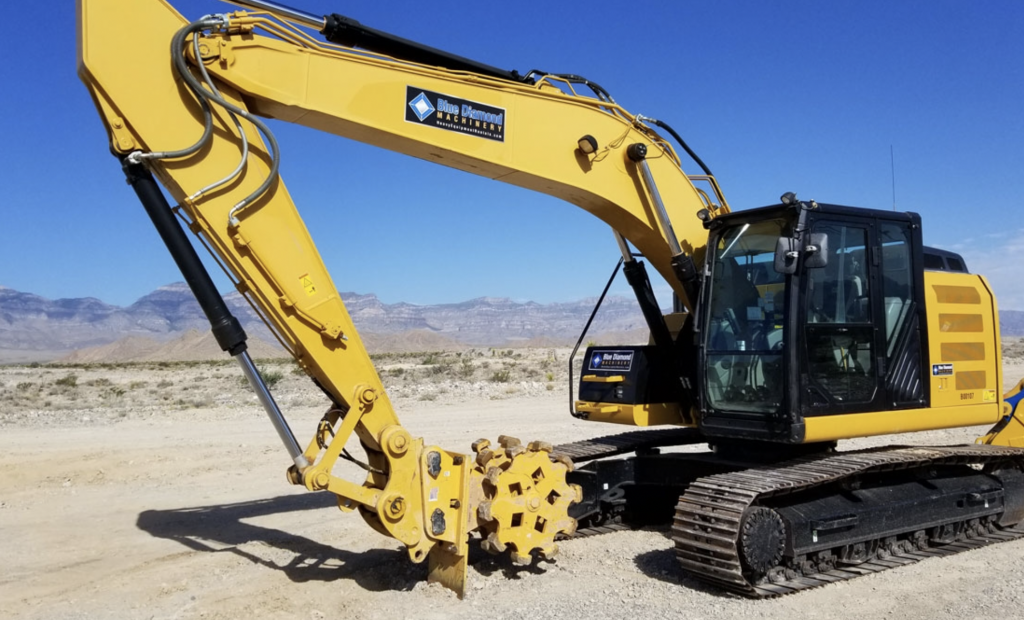In my work routine, a question I hear daily from customers and vendors is: how much is this used equipment worth? How can I do valuing industrial machinery? Invariably I answer the question with other questions and, in the end, before arriving at a definitive answer, the dialogue that is created is positive and enlightening.
After all, this is a broad question that raises more questions and there is no single answer, no right or wrong answer.
It would be assumed that a 2016 wheel loader with 6,000 hours is in better condition than a 2015 wheel loader with 11,000 hours, but this may not necessarily be the reality. Perhaps the owner of the 11,000-hour loader was meticulous about preventive and corrective maintenance, and the owner of the 6,000-hour was not.
Perhaps the 6,000-hour machine has been operated in a more demanding application, for example heavy mining or a fertilizer plant, and its operator received no training or was serviced by a non-specialist mechanic. What if the 11,000 hour loader owner replaced the powertrain components with new or remanufactured components from the manufacturer?
There is much more to consider in used equipment than just the year or the number of hours. I like the 3P (tires, boot, paint) concept or the 4P (3 above, plus the price) for its simplicity. It is a good start, but we can and must go further.
To help you, here are some tips to keep in mind when analyzing equipment used for more than ten thousand hours:
1) Service history
Request service history and confirm with dealer which components were repaired or replaced. You should also ask if the equipment has been on a preventive and corrective maintenance program with the dealer. If you believe that most of the machine’s wear parts / components have not been replaced, consider that you will probably need an additional budget for future repairs. If the machine has long hours, but has been serviced regularly, this indicates that the owner has probably taken good care of it. Consider when examining the history, what the future availability index you need will be.
2) Previous application
In addition to good maintenance, it is important to understand that some applications require more equipment and can cause premature wear of some components. I previously commented on applications in heavy mining and fertilizers, but I understand that the opposite is also true. Various applications can be considered light and, even with a large number of working hours, they use less equipment. Loaders that work on industrial sites moving torn materials suffer less on the center link, bucket bushing and axles. On the other hand, with constant travel at higher speeds, wear on the brake system can be anticipated.
3) Tires
In general, machines with long hours need tires or at least tires in good condition. Always check the marking and inspect the casing (side wall) and tread for wear, chips, or cuts. Are the 4 tires the same size and the same brand? Does the current state allow retreading? While getting a tire replacement quote is easy, the cost can be high. Also, check whether the tires are radial or bias, and whether they are suitable for your future application.
4) Undercarriage
Check that the machine has an original manufacturer’s undercarriage (most undercarriage components have their name engraved on them). Manufacturer’s original undercarriages are always easier to maintain and recover. Although the original undercarriages may come from the same manufacturer as the aftermarket undercarriages, there are likely to be differences in specifications. Manufacturers are more concerned with maintaining the life cycle and specify their components to achieve a longer service life. Generally, the bushings and link assemblies will have a greater thickness and stiffer hardness specification. Be sure to make sure the undercarriage has even wear. Don’t be fooled by a new shoe set!
5) Cabin
Get in, sit on the seat and make sure the cabin is clean. Are the rubber mats or seats broken? Does the air conditioning work? Are the glass cracked and broken? The cleanliness and internal conditions of a booth are often a reflection of the operator. Operators who work 10 hours a day or more, but keep a clean and organized cab, show that they take good care of their machine. Find the operator’s inspection book. Some companies require the operator, at the beginning and end of a shift, to clean equipment, inspect for leaks, lubricate, and report operational problems.
Of course the five tips above are not a determinant of whether you can “calculate” an industrial machine but at least they can help you.

